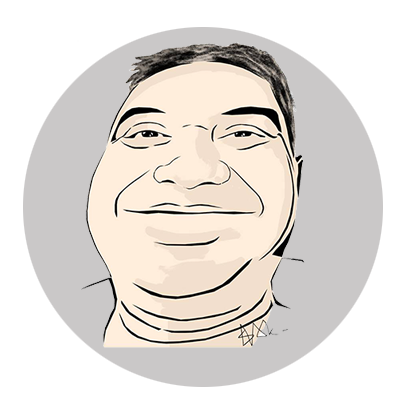Vibration Awareness Breathing Method Piano Beginner
One of my New Year's resolutions is to learn the piano by the time I turn 70. I don't know much about music theory, and my experience is limited to playing basic three-chord songs on the guitar—nothing fancy. So, in February 2025, I bought my first keyboard: a Yamaha PSR-E473. After a month of practising using my learning method, I shared my progress in a video.
This video serves two purposes. First, to show that age is just a number—you're never too old to start learning something new. As long as you're enjoying the process, it's always worth it. Second, I want to introduce the Merpati Putih breathing method, which may benefit music instructors and art educators by adding a new dimension to their teaching techniques.
The Merpati Putih Vibration Awareness and Its Origins
One of the unique applications of our breathing technique is enhancing sensory awareness. Initially developed for blindfolded sparring or training in darkness, we call this "Penghayatan" or "Naluri" in Indonesian—meaning intuitive or instinctive sensing. Since the 1980s, my teacher, Mas Budi, has extended this method beyond martial arts. It can help practitioners detect objects, colours, and subtle vibrations, deepening their understanding of energy awareness.
I aim to make this approach accessible to a broader audience—not just martial arts enthusiasts. This technique can enrich various forms of art education, including music, painting, architecture, and more. Within just one month of dedicated training, I found the method worked effectively when learning piano.
About the Vibration Awareness Method
In Merpati Putih, we train muscle memory (linked to the physical body) and sensory awareness (connected to the subconscious). Through repetition, movements become reflexive. But our method also includes training to embed movements into the subconscious, allowing for instinctive reactions guided by a heightened sense of awareness—what you might call "gut feeling."
When it comes to piano learning, standard techniques and foundational knowledge are still essential. However, this method offers an additional layer—helping learners progress faster, heightening their sensory connection, and providing educators with a new teaching tool.
The Steps I Followed
I selected a piano beginner tutorial for Fly Me to the Moon on YouTube and replayed it slowly. Here's how I structured my training:
- Breathing and Vibration Awareness
Begin by slowing your heartbeat into a meditative state. Breathe deeply and exhale slowly through your nose. Then, visualise energy flowing from your body's centre and forming an egg-shaped aura around you. Feel the vibration—not just imagine it. - Movement Visualisation
Much like Tai Chi movements, this step is about mental rehearsal. Visualise your fingers pressing the keys in slow motion, and in your mind, hear the notes as clearly as if they were real. The goal is smooth, fluid motion. No keyboard is needed for this—practice in a seated meditation position before bed or upon waking. - Hands-On Practice
Finally, play on the keyboard while maintaining the visualisation and sensations from the previous step. Don't worry about making mistakes. Trust your instincts. Let your fingers move naturally.
My Experience
The first two weeks were frustrating—I felt stuck. But by the third week, something clicked. My fingers started moving with more confidence and fluidity.
As someone with no formal music background, my playing is still rough: the tempo is off, and my hand technique needs work. But this video proves the method works—it's not just a theory.
You can learn more about this method on Wendy Gallant's YouTube, Seeing Beyond Eyes. The link is included in the video description.
